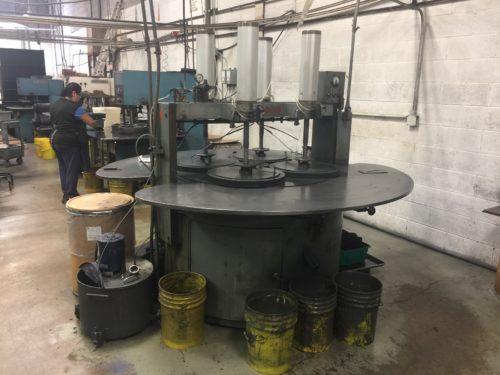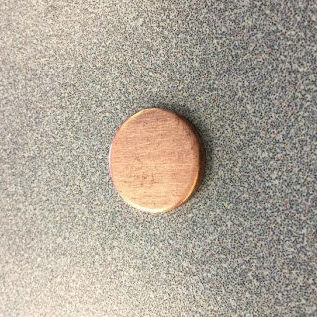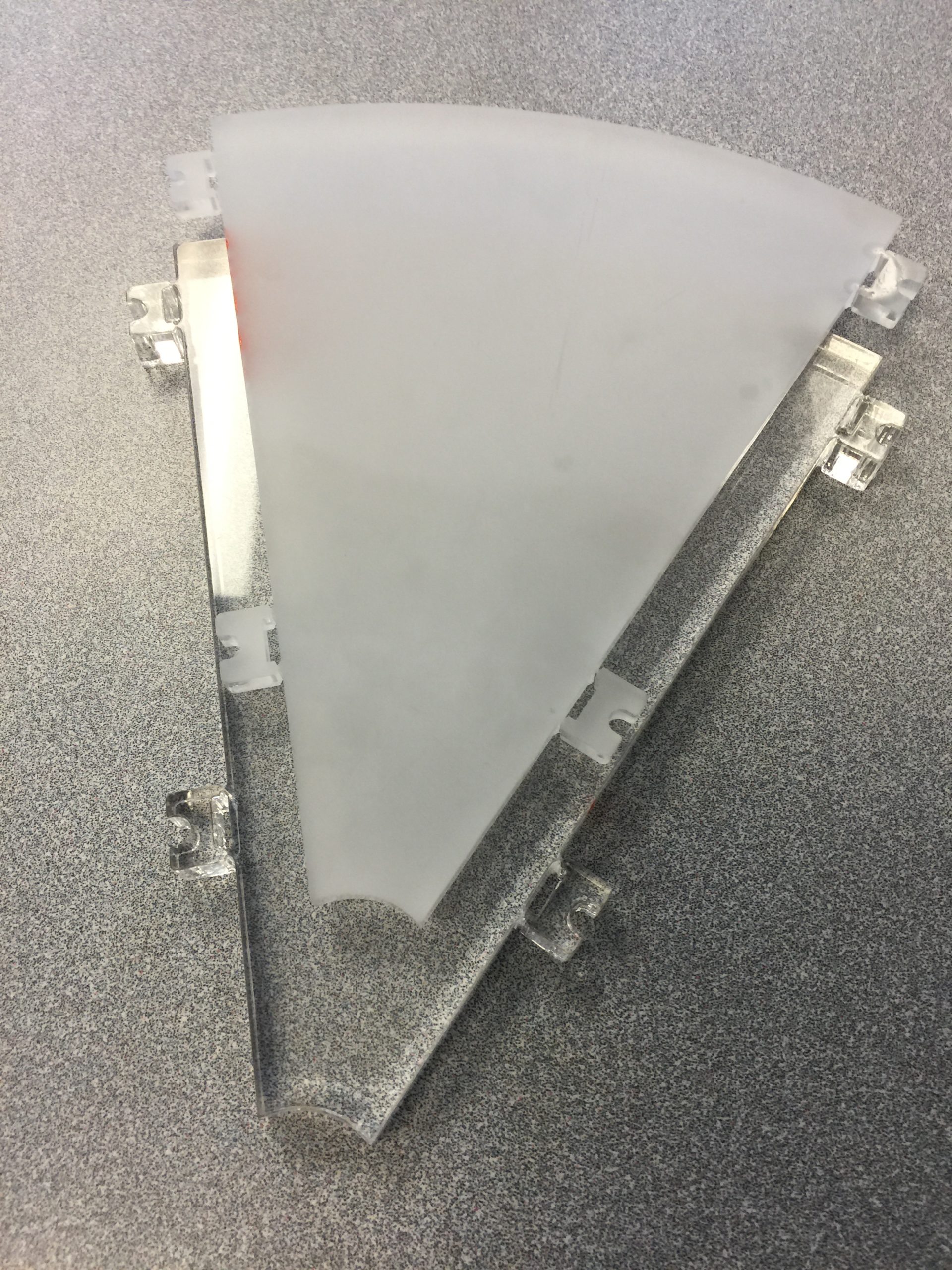At Abrading Methods, Inc., precision lapping is a precision process that ensures exceptional flatness, parallelism, and surface finishes in manufacturing. By utilizing abrasive particles suspended in a liquid carrier, our lapping services surpass traditional grinding, achieving tolerances as fine as one-millionth of an inch. This makes our lapping services perfect for demanding applications like fuel injector components and precision computer parts.
Precision lapping is a precision process or combination of processes used to provide flatness, parallelism, size, and surface finishes to extremely demanding tolerances.

The process is a manufacturing method that employs particles of abrasive material to remove stock from a surface. It is comparable to sanding or grinding, except that sanding and grinding use abrasives that are fixed (bonded abrasives) whereas professional lapping services employ abrasives that are suspended in a liquid carrier and are free to move about. The precision lapping process is a process known as ‘Free Abrasive Machining,’ a name which was coined by our founder Stephen Boettcher when he created the process and invented the machinery.
Precision lapping is a process used where the surface finish, flatness, or parallelism of the workpiece must be held to very close tolerances. Professional lapping services can achieve a flatness rating of 6 millionths of an inch (0.000006″), parallelism tolerances of ten-millionths of an inch (.00001″), and surface finishes to 0.6Ra using special handling and tooling techniques.
We can achieve flatness tolerances of 12 millionths (0.000012″), the parallelism of fifty millionths (0.00005″), and the flatness of 6 Ra on a volume production basis.
We can achieve tolerances at the limits of the lapping process (down to one-millionth of an inch) on a case-by-case basis.
Utilizing our specialized equipment and proprietary processes, we can produce flat and parallel surfaces from thousandths to millionths of an inch, in production quantities, at an economical cost that other lapping companies cannot provide.


